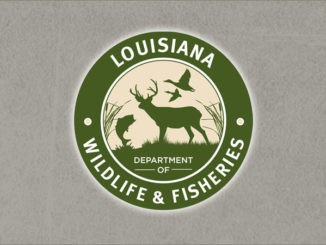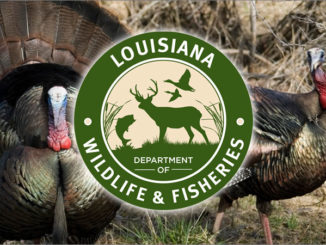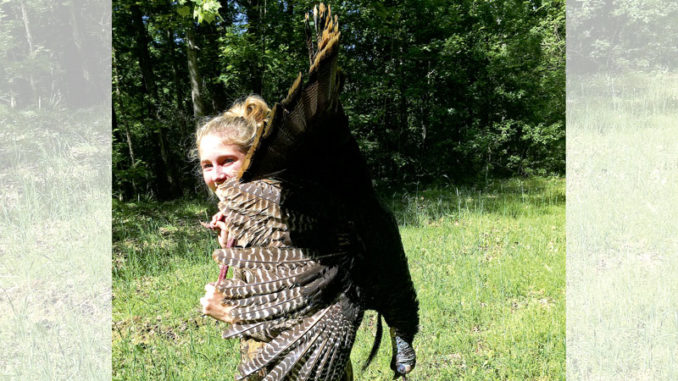
Early spring is a good time to get the habitat in shape for turkeys and the approaching nesting season.
The habitat of the wild turkey changes with the seasons. In the fall and winter, birds move into hardwood drains searching out the hard mast that is generally available.
Turkeys are in winter groups, with a hen and her poults often joining up with other hens and poults. Jakes may form another winter group and usually, the adult toms are together in a flock. As spring approaches, the hens begin to search out nesting sites, usually around fields and openings. Adult toms begin to split up and search for receptive hens. The jakes, young toms, will stay together to avoid getting whipped by a mature gobbler.
As hens begin to nest, and when the eggs hatch, brood habitat that provides the small birds with areas to feed is critical. Insects are the primary food item of these small turkeys, and finding food is a must. As fall approaches, turkeys again begin to gather in their various groups, and the cycle starts again.
Long walks
Turkeys can travel several miles during the course of the day, and they do best in areas with large, contiguous tracts of timber. Forest fragmentation seems to work against the bird; however, in some eastern cities, one can find good turkey populations primary due to protection and supplemental feeding.
A small landowner is at a disadvantage because of this nomadic behavior. In my area of east Feliciana Parish, we had a very good turkey population up until the 2016 floods. Turkeys, for some reason, have disappeared after these record rainfalls and floods, and I am at a loss to understand why. The Louisiana Department of Wildlife and Fisheries doesn’t know why this happened, with some biologists simply throwing out the habitat card and blaming it for the decline. This however, does not explain why a very good turkey population disappeared overnight. It was not due to declining turkey habitat. I really suspect that the decline is due to a disease issue that came about after these historic rains and floods.
While the turkey population has virtually disappeared in our neck of the woods, I will continue to manage the habitat for turkeys with hopes that at some point they return. The following pictures illustrate some of the management work that I am doing to keep the habitat viable for turkeys.
Open areas
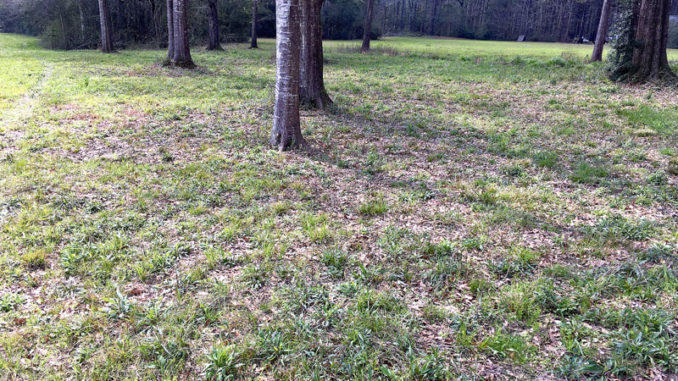 As mentioned, turkeys need open areas for feeding; particularly, the hens need good brood habitat. This open site provides good opportunity for young birds to search for insects. There is some escape cover available, because a site such as this provides high visibility for hawks.
As mentioned, turkeys need open areas for feeding; particularly, the hens need good brood habitat. This open site provides good opportunity for young birds to search for insects. There is some escape cover available, because a site such as this provides high visibility for hawks.
Spring fields
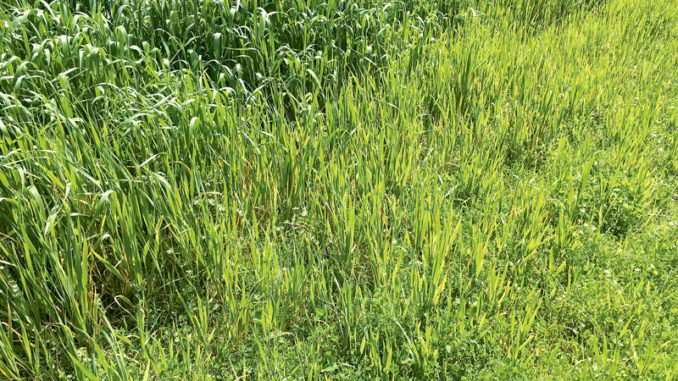 As spring progresses, the winter grasses begin to seed out and provide adult turkeys with various seeds. The site is too thick for young turkeys to move around in and find insects. Poult survival would be poor if all of the available habitat was in this stage of growth. These fields provide adult turkeys with high-protein plants such as clover, which helps with egg production. A field such as this would also provide hens with nesting habitat.
As spring progresses, the winter grasses begin to seed out and provide adult turkeys with various seeds. The site is too thick for young turkeys to move around in and find insects. Poult survival would be poor if all of the available habitat was in this stage of growth. These fields provide adult turkeys with high-protein plants such as clover, which helps with egg production. A field such as this would also provide hens with nesting habitat.
Vegetation strips
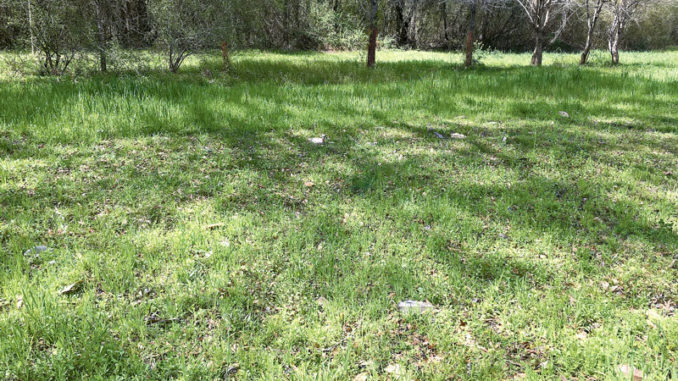 I like to use a bush hog in my management work and will cut strips in areas with heavy growth to provide young turkeys with brood habitat. The red mulberry trees in the strip of trees in the above photo provide birds with an excellent soft-mast fruit. Red mulberry and black cherry are two trees that can be planted for turkeys. Maintaining various heights of vegetation will also provide diversification of insects. Katydids and grasshoppers will be in the taller grass, while crickets and other insects will be under the debris piles left from the strip cutting.
I like to use a bush hog in my management work and will cut strips in areas with heavy growth to provide young turkeys with brood habitat. The red mulberry trees in the strip of trees in the above photo provide birds with an excellent soft-mast fruit. Red mulberry and black cherry are two trees that can be planted for turkeys. Maintaining various heights of vegetation will also provide diversification of insects. Katydids and grasshoppers will be in the taller grass, while crickets and other insects will be under the debris piles left from the strip cutting.
Tree planting
It is getting a little late to be planting trees and shrubs unless one has the means to water them during the summer. It is best to plant trees in late winter and allow time for the root systems to take hold and the tree become acclimated to the site. My focus on tree planting is to provide a mast source for both turkey and deer. Our habitat had no white oaks, so my focus has been on establishing white oaks and cow oaks. Sawtooth oaks are a good tree to plant for both deer and turkey. I have a video of a two turkeys standing on a sawtooth oak branch; one of them stretches out and eats an acorn.
I have to believe that at some point the turkey population will recover, and once again, I will have turkeys walking around on the landscape. The more active I am in my management work, the better chance I have of this becoming a reality.

